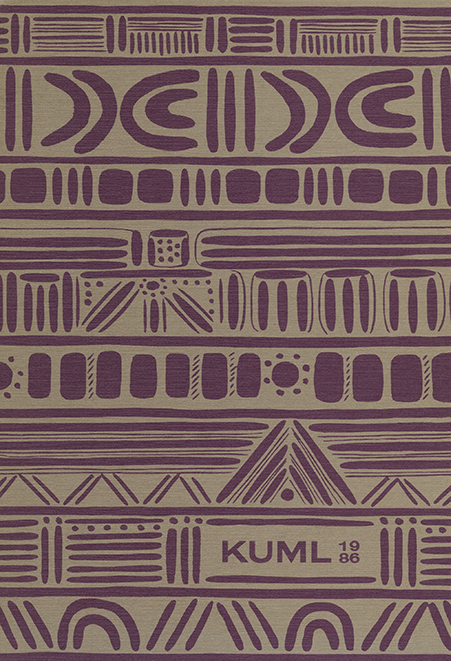Hvor lå Ribe i Vikingetiden?
Downloads
Publiceret
1986-10-16
Citation/Eksport
Frandsen, L. B., Jensen, S., & Crabb, P. (1986). Hvor lå Ribe i Vikingetiden?. Kuml, 34(34), 21–36. https://doi.org/10.7146/kuml.v34i34.109806
Nummer
Sektion
Artikler
Licens
Fra og med årgang 2022 er artikler udgivet i Kuml med en licens fra Creative Commons (CC BY-NC-SA 4.0).
Alle tidligere årgange af tidsskriftet er ikke udgivet med en licens fra Creative Commons.


